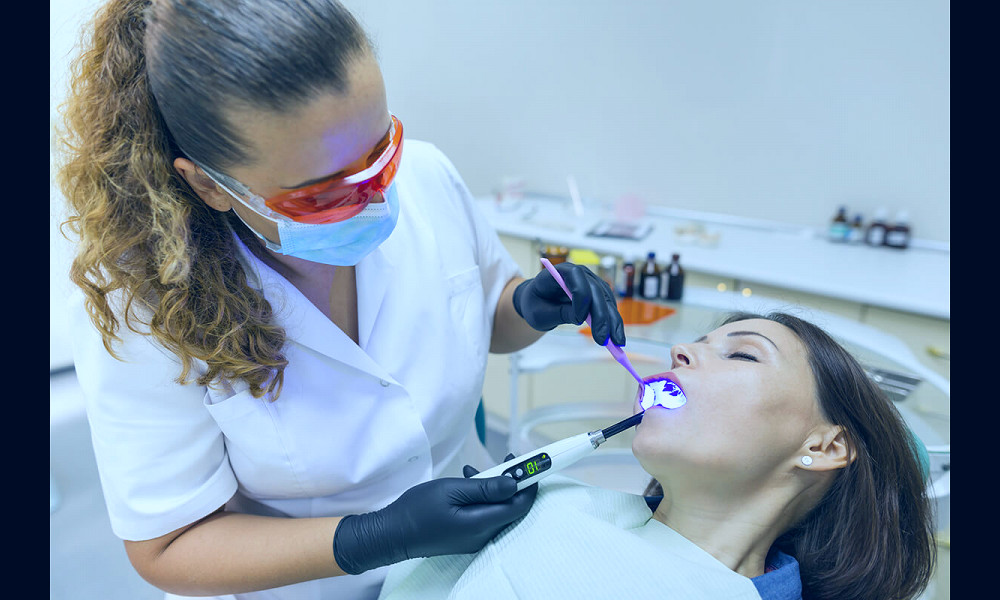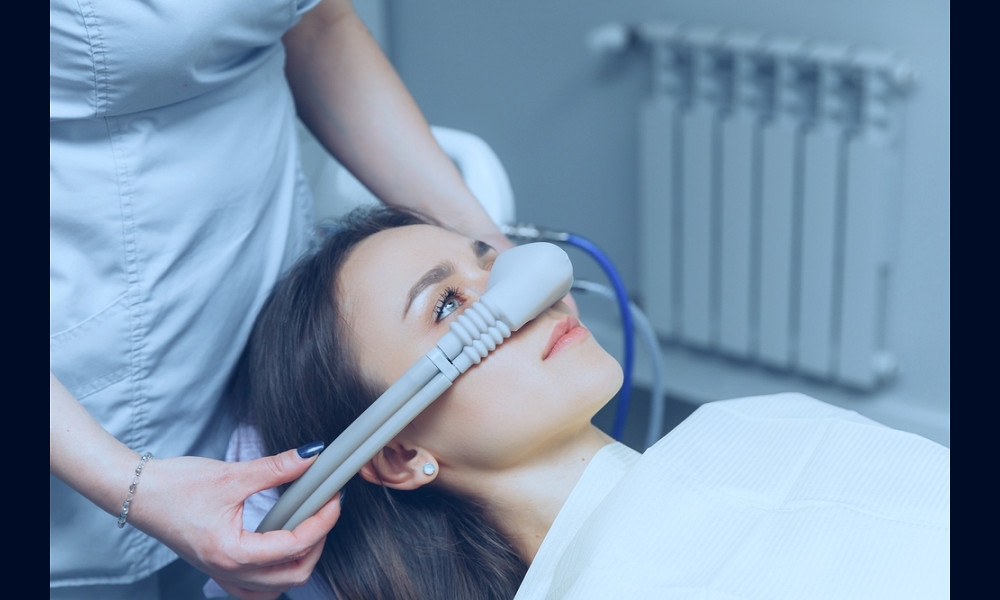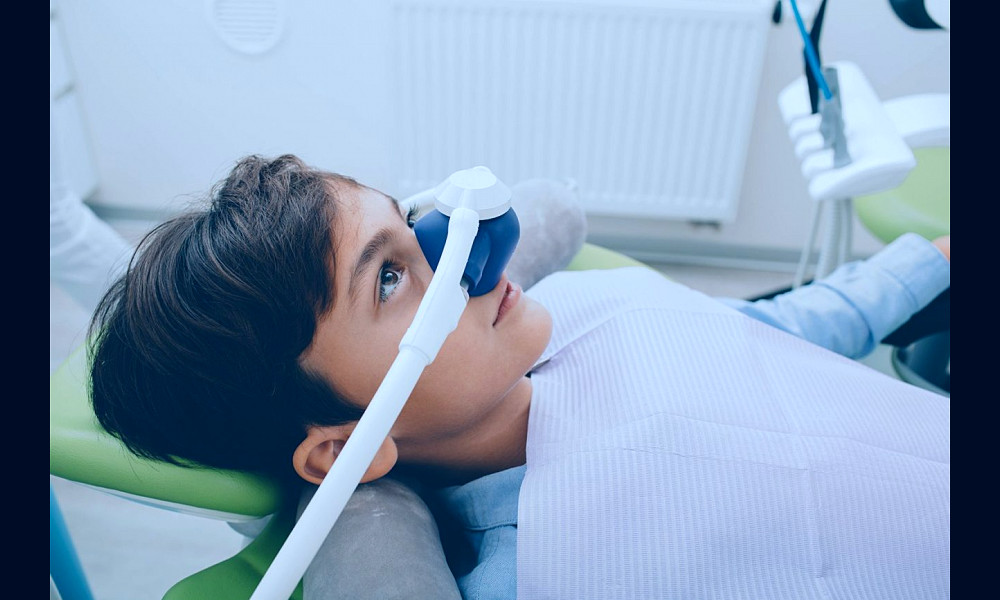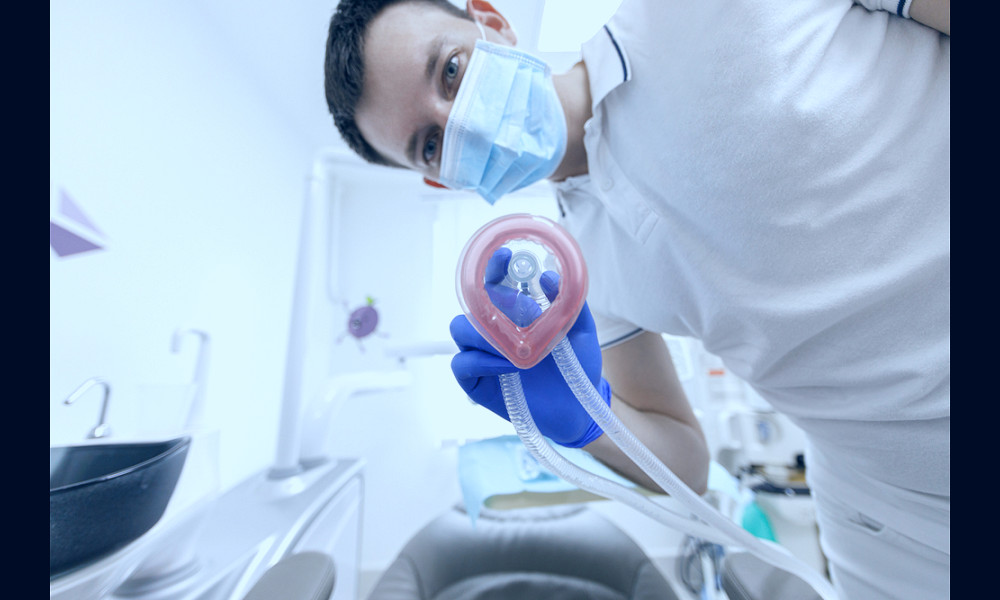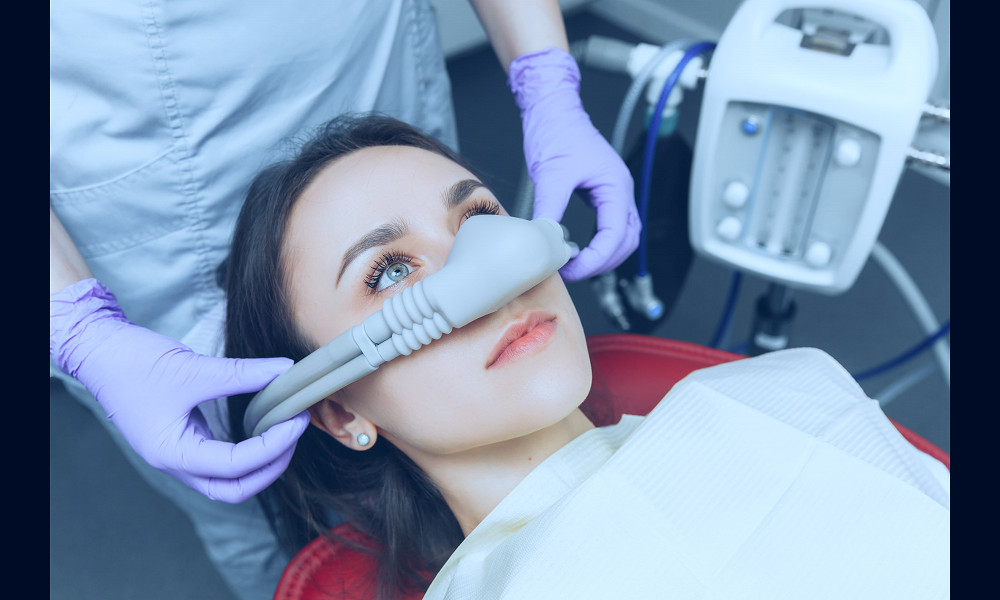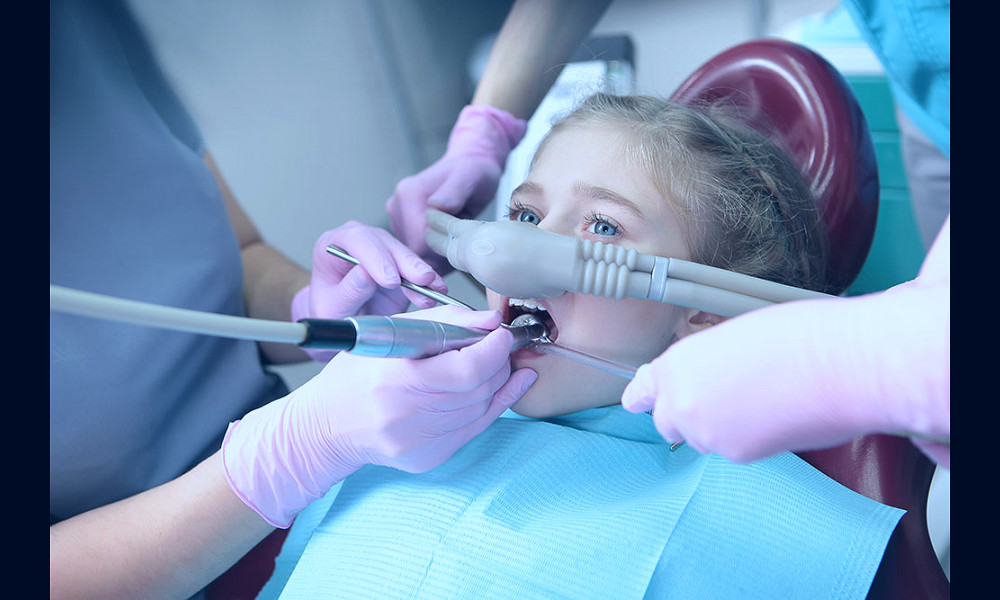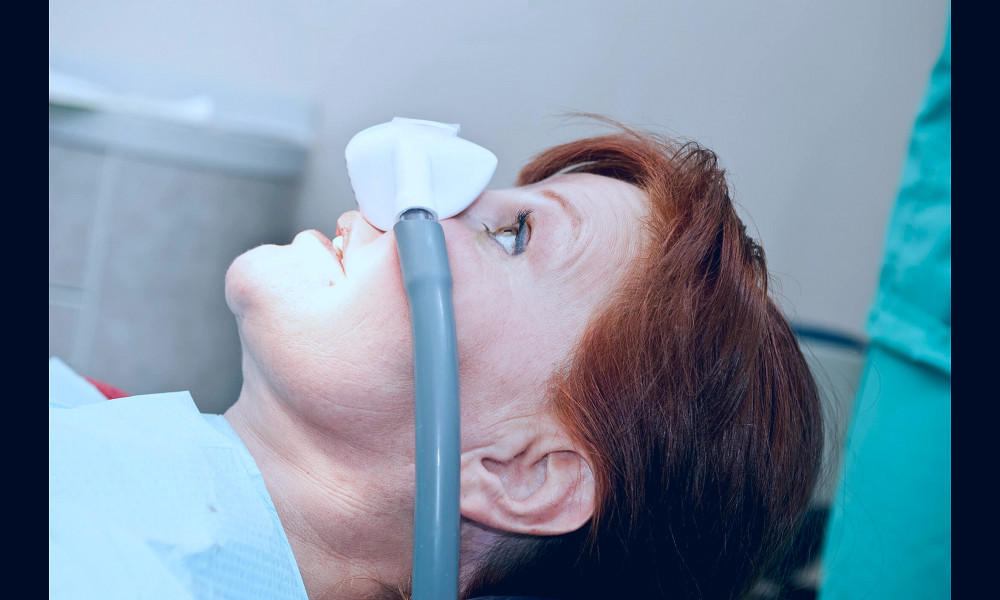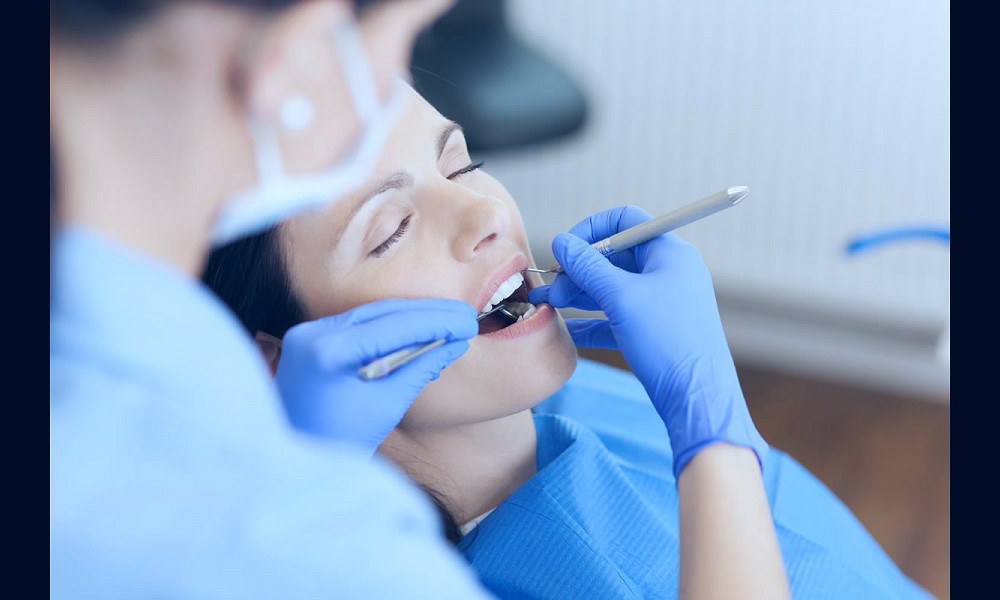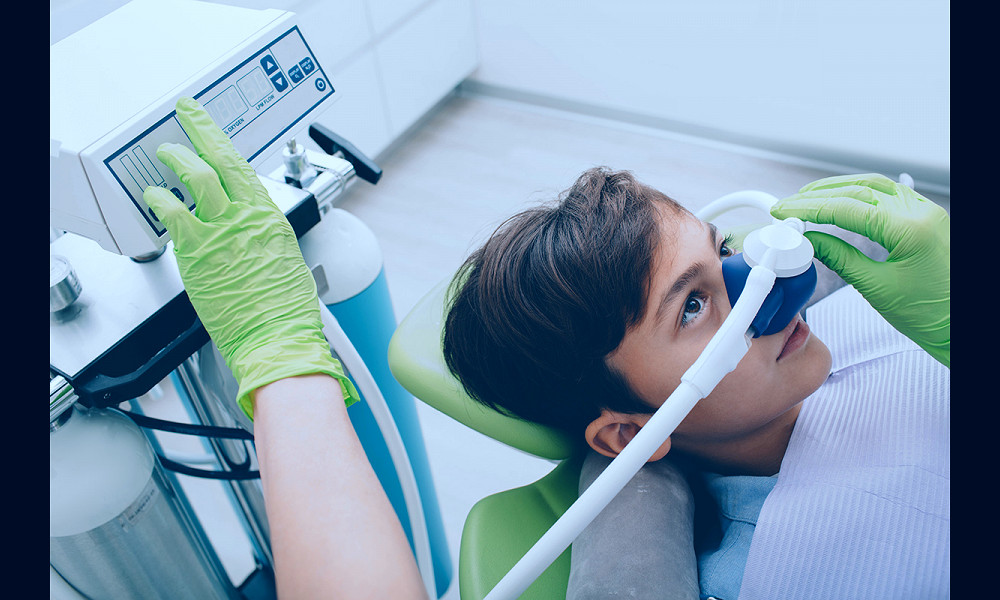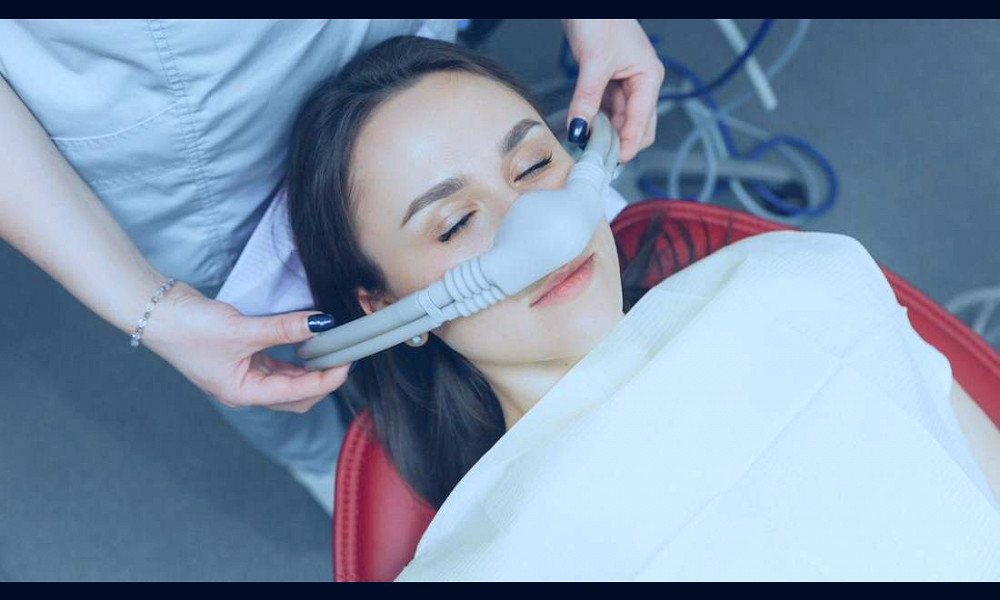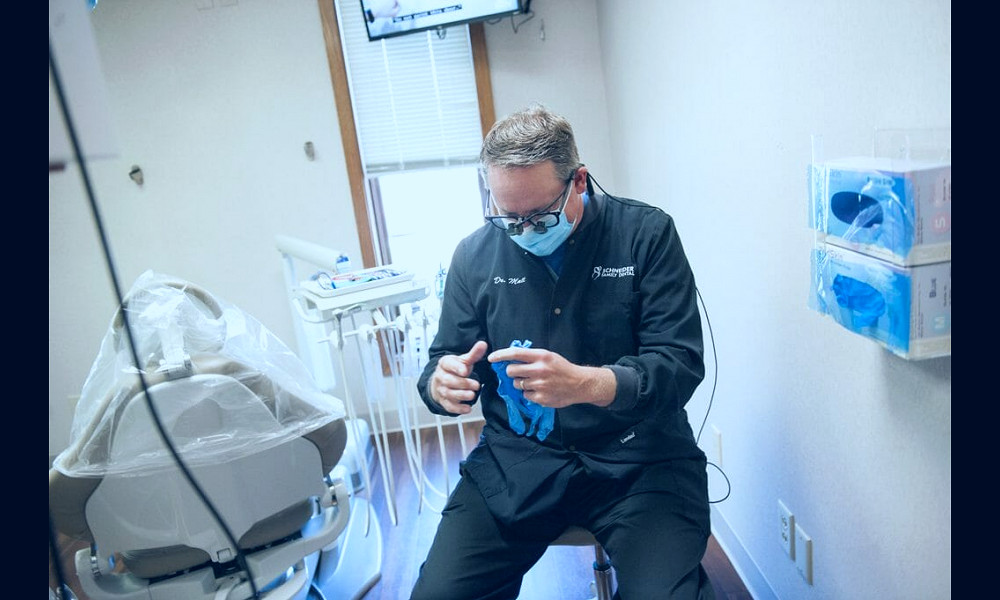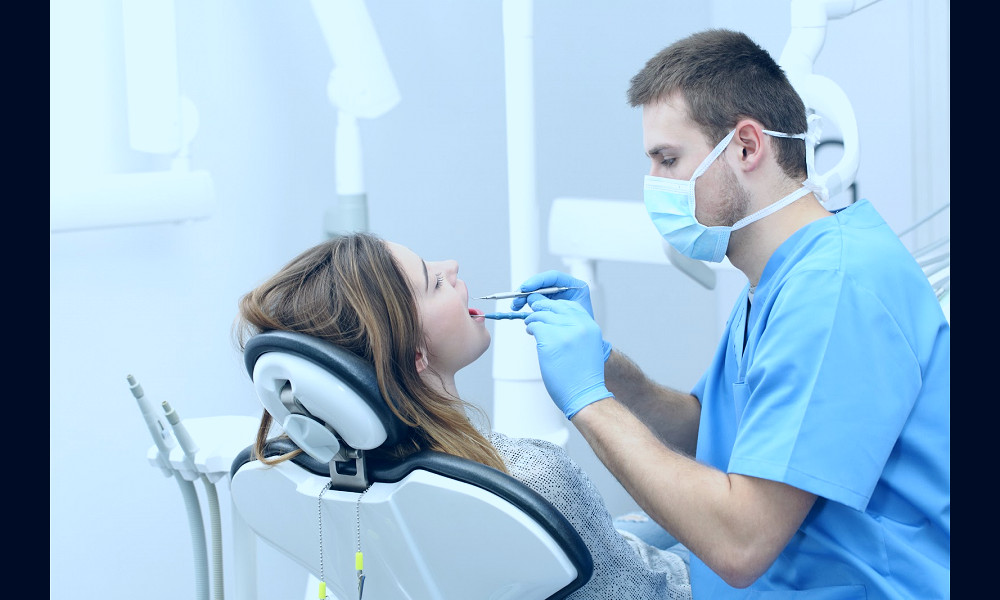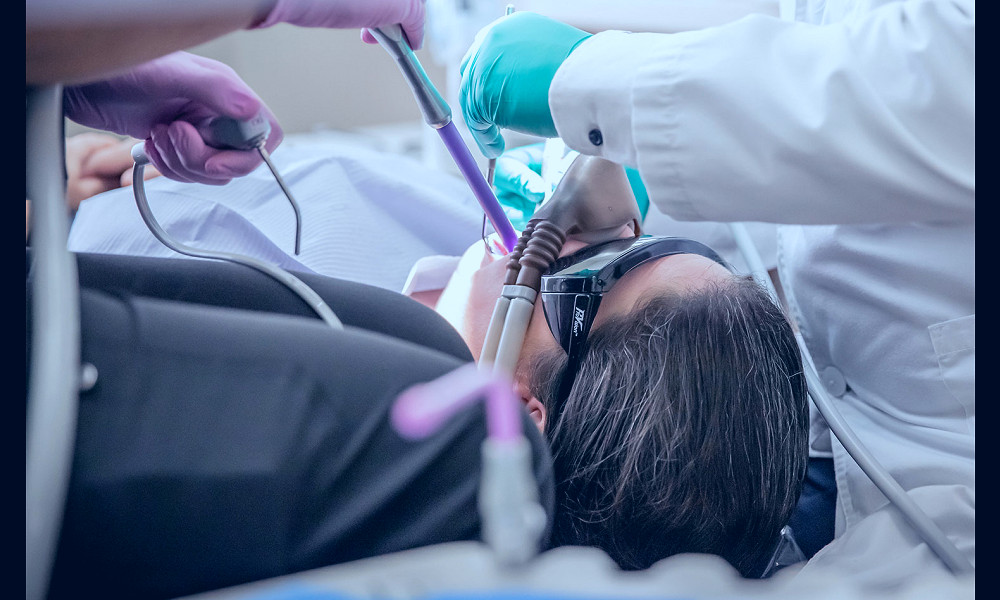
Experience Fear-Free Dental Care: Discover the Benefits of Sedation Dentistry
Sedation Dentistry is a specialized dental service designed to provide a stress-free and anxiety-free dental experience. By using different levels of sedation from minimal sedation to general anesthesia, it ensures patient relaxation and comfort throughout various dental procedures. Ideal for people with dental phobia, this approach transforms daunting dental visits into calm and painless experiences. With Sedation Dentistry, maintaining oral health no longer has to be a nerve-wracking ordeal.
| Type | Dental Service |
| Purpose | To provide a stress-free, anxiety-free dental experience |
| Methods | Oral sedation, Nitrous Oxide (Laughing Gas), IV sedation, General Anesthesia |
| Benefits | Comfort, Efficiency, Effectiveness, Versatility |
| Ideal for | Patients with dental anxiety, Patients with low pain threshold, Patients with severe gag reflex, Patients requiring large amount of dental work |
| Risks | Allergic reactions, Over-sedation, Nausea/Vomiting, Respiratory complications |
| Required Training | Special training and certification (varies by region) |
| Duration | Depends on type of sedation and procedure |
| Recovery Time | Varies depending on type of sedation |
| Cost | Varies depending on type of sedation and dental procedure. |
Understanding Sedation Dentistry
Sedation dentistry, also known as sleep dentistry, is a branch of dentistry that uses medication to help patients relax during dental procedures. It encompasses various levels of sedation, from minimal sedation to deep sedation and general anesthesia. Read more
Convenience and Comfort
One of the significant benefits of sedation dentistry is the comfort it provides. It enables patients with dental anxiety or phobia to undergo necessary dental treatments without any stress or discomfort. Sedation dentistry can transform a potentially stressful situation into a calm and comfortable experience. Read more
Different Levels of Sedation
The level of sedation used depends on the patient's needs and the intensity of the procedure. Minimal sedation leaves you awake but relaxed. Moderate sedation may lead to slurring of words and little memory of the procedure. Deep sedation puts you on the edge of consciousness, while general anesthesia makes you completely unconscious. Read more
Safety of Sedation Dentistry
Sedation dentistry is generally safe when performed by experienced and trained professionals. The dentist will conduct a thorough medical history check and evaluate your current health status to determine if sedation dentistry is suitable for you. Read more

Costs and Insurance
The cost of sedation dentistry varies based on the level of sedation required and the complexity of the procedure. It is essential to check with your insurance provider to understand what is covered under your policy. Read more
Ideal Candidates for Sedation Dentistry
Patients with dental anxiety or phobia, low pain threshold, sensitive teeth, bad gag reflex or need to undergo large amounts of dental work in a single sitting are ideal candidates for sedation dentistry. Read more
Administering Sedation
Sedation can be administered through several methods - oral sedation (via pills), inhalation sedation (using nitrous oxide), and IV sedation. The method of administration will depend on the level of sedation required. Read more
Post-Procedure Care
After undergoing a procedure with sedation, it is recommended that the patient arranges for someone to drive them home. Some residual effects of the sedation, like drowsiness, may persist for a few hours after the procedure. Read more

Choosing the Right Dentist
It is essential to choose a dentist who is experienced and trained in sedation dentistry. The American Dental Association recommends dentists to have appropriate training for the type of sedation they administer. Read more
Conclusion
Sedation dentistry is an excellent solution for those who dread dental procedures. It offers a stress-free and comfortable way to maintain oral health. However, it is crucial to consult with a qualified dentist to understand the benefits and risks associated with it. Read more
Facts
1. Bringing Comfort to Dental Phobia: Sedation dentistry is a unique medical approach that uses medication to help patients relax during dental procedures. It's a godsend for those with dental anxiety, a condition that affects an estimated 30 to 40 million people in the United States!2. Sedation Levels to Suit Every Need: Sedation dentistry offers different levels of sedation, from minimal sedation where you're awake but relaxed, to general anesthesia where you're completely unconscious. This means the intensity of sedation can be customized to your comfort level and the nature of your dental procedure.
3. Wake Up to a New Smile: One of the most amazing aspects of sedation dentistry is its ability to make complex, lengthy procedures feel like they're over in minutes. Imagine waking up from a peaceful sleep to find your dental transformation complete!
4. More Than Just Calming Nerves: Sedation dentistry isn’t just for the anxious. It can also be a good choice for people with a low pain threshold, those who can’t sit still in a dentist’s chair, those with a bad gag reflex, or those who need a large amount of dental work completed.
5. Safe and Controlled Procedures: The sedatives used in sedation dentistry are administered by trained professionals, ensuring the process is safe. Your vital signs will be monitored during the procedure to ensure your safety at all times.
6. Reducing Multiple Visits: With sedation dentistry, dentists can often perform multiple procedures in one session, reducing the number of appointments you need to schedule. This is a major benefit for those with busy schedules.
7. Sedation Dentistry's History: Did you know that sedation dentistry isn't a new concept? The use of sedatives in dentistry dates back to the 1840s with the use of nitrous oxide, also known as laughing gas!
8. A Boon for Special Needs Patients: Sedation dentistry can be particularly beneficial for patients with special needs. It can make dental visits less stressful and more comfortable, reducing potential agitation and discomfort.
9. Faster Recovery Time: Many patients report that they feel more refreshed after sedation dentistry. This is because it allows your body to relax fully, which can lead to a faster recovery time post-procedure.
10. A Growing Field: The demand for sedation dentistry is increasing around the world as more and more people seek a stress-free dental experience. This has led to advancements in the field, making it safer and more effective than ever before.
Read more
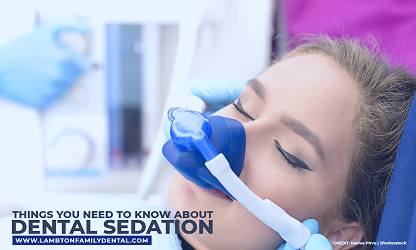 Things You Need to Know About Dental Sedation | Lambton Family Dental
Things You Need to Know About Dental Sedation | Lambton Family Dental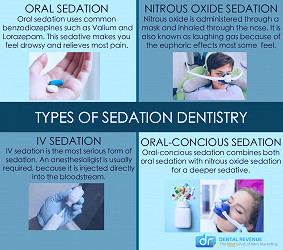 Sedation Dentistry Baltimore, MD | Sleep Dentistry Services
Sedation Dentistry Baltimore, MD | Sleep Dentistry Services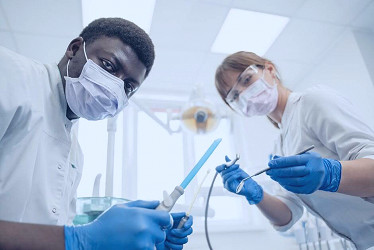 Sedation Dentistry: Enhancing Your Dental Experience - SkyRidge Dental
Sedation Dentistry: Enhancing Your Dental Experience - SkyRidge Dental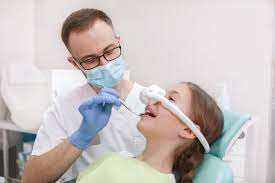 Sedation Dentistry: How to Minimize Pain in Dental Procedures - River Falls Family Dental New Albany Indiana
Sedation Dentistry: How to Minimize Pain in Dental Procedures - River Falls Family Dental New Albany Indiana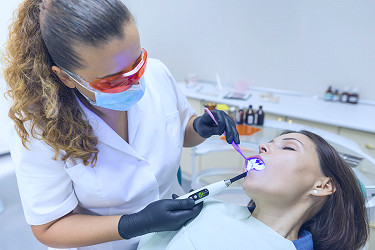 What is Sedation Dentistry & How Does It Work? | NSBENDO
What is Sedation Dentistry & How Does It Work? | NSBENDO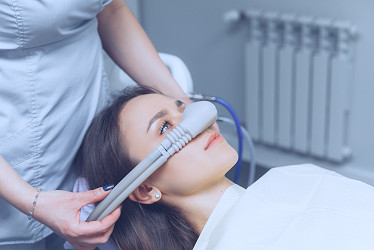 Sedation Dentistry Brentwood | Ackerman & Towson Dentistry | CA 94513
Sedation Dentistry Brentwood | Ackerman & Towson Dentistry | CA 94513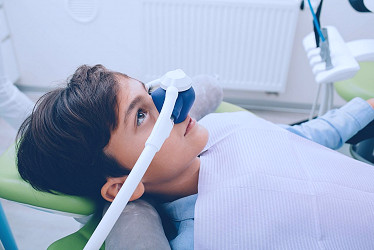 Anesthesia or Sedation Dentistry? | Dentist in Williamsport, PA
Anesthesia or Sedation Dentistry? | Dentist in Williamsport, PA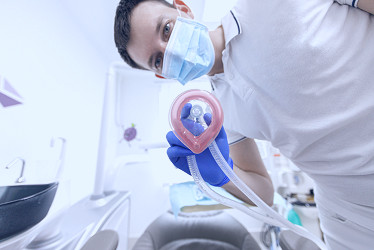 What Is Sedation Dentistry and How Can It Help Patients?
What Is Sedation Dentistry and How Can It Help Patients?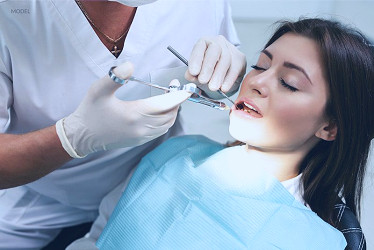 What Kind of Sedation Do Dentists Use? - Afshin Salamati, DDS, MS
What Kind of Sedation Do Dentists Use? - Afshin Salamati, DDS, MS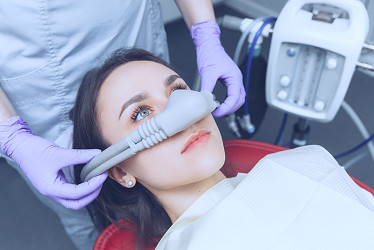 5 Benefits of Sedation Dentistry You Should Know About - Ballas Dental Care
5 Benefits of Sedation Dentistry You Should Know About - Ballas Dental Care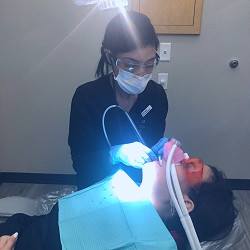 Sedation Dentistry In Katy, TX | IV Sedation & Oral Sedation
Sedation Dentistry In Katy, TX | IV Sedation & Oral Sedation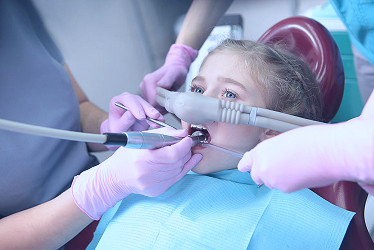 Is Sedation Dentistry Safe for My Child? - Jet Set Smiles Pediatric Dentistry
Is Sedation Dentistry Safe for My Child? - Jet Set Smiles Pediatric Dentistry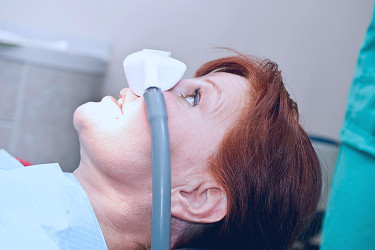 A Patient's Guide to Sedation Dentistry: Options & What to Expect
A Patient's Guide to Sedation Dentistry: Options & What to Expect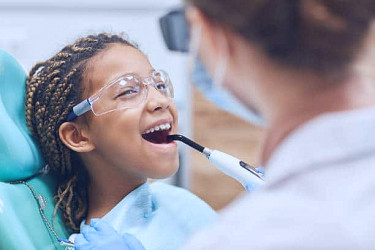 Pediatric Sedation Dentistry in Chino Hills, CA | Kids Dental Specialists
Pediatric Sedation Dentistry in Chino Hills, CA | Kids Dental Specialists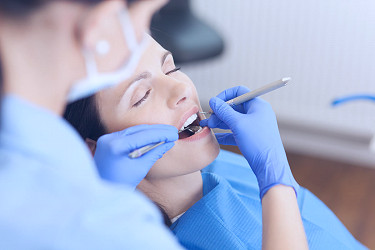 Sleep Dentistry or Sedation Dentistry - Is It Right For You?
Sleep Dentistry or Sedation Dentistry - Is It Right For You?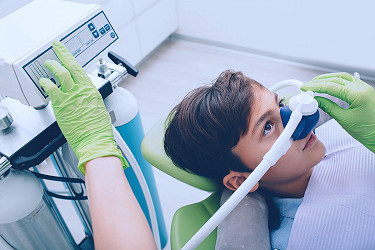 Tips To Prepare For Your Dental Sedation Appointment
Tips To Prepare For Your Dental Sedation Appointment Kid's Sedation Dentistry - Childrens Dental Zone
Kid's Sedation Dentistry - Childrens Dental Zone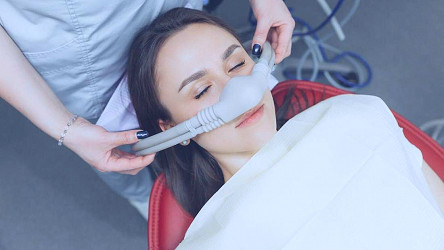 The Benefits of Sedation Dentistry | Family Dentistry Crown Point IN
The Benefits of Sedation Dentistry | Family Dentistry Crown Point IN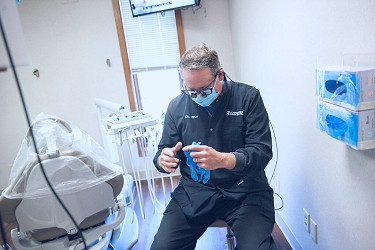 Sedation Dentistry in Dublin | Schneider Family Dental
Sedation Dentistry in Dublin | Schneider Family Dental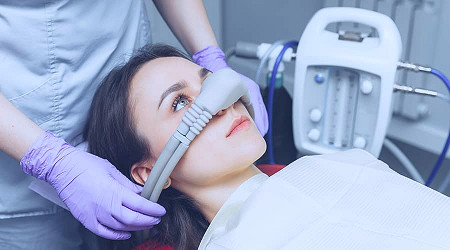 Dental Sedation | Oral Surgeon Deer Park | Oral Surgeon Barrington
Dental Sedation | Oral Surgeon Deer Park | Oral Surgeon Barrington 